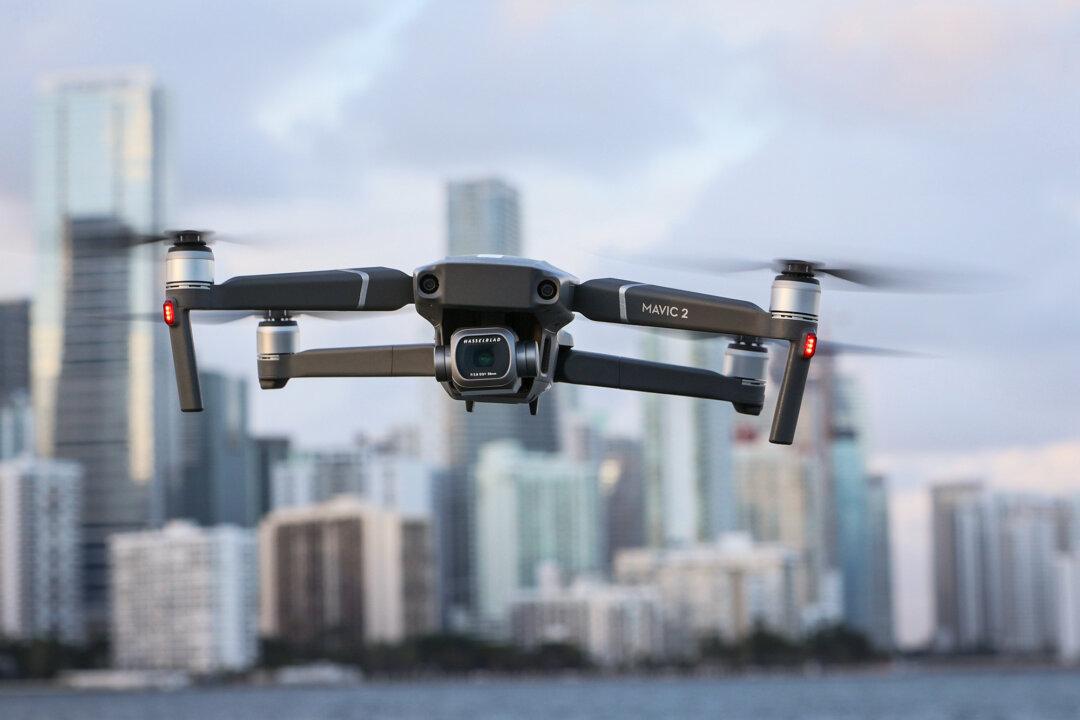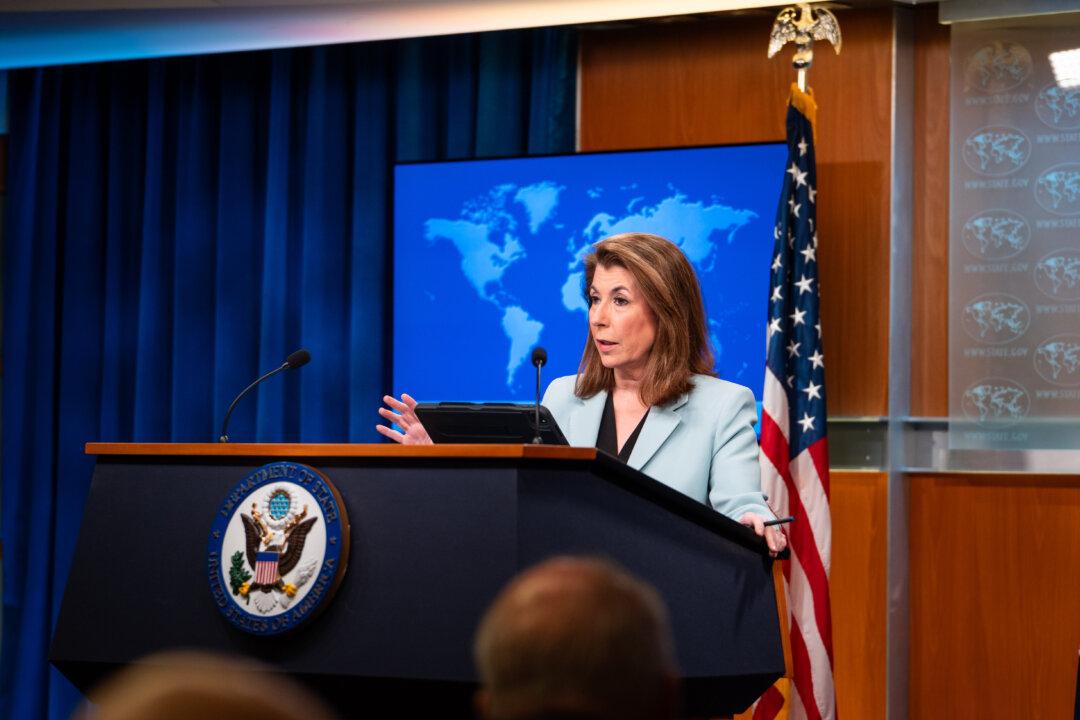Several Japanese companies are moving some of their production lines out of China, in a move to avoid paying for current U.S. tariffs on Chinese-manufactured goods, as well as possible future tariffs—as there is no sign of an imminent trade deal between Beijing and Washington.
Southeast Asian countries such as Thailand, Cambodia, and Vietnam have already become alternative production sites for many
tech manufacturers since U.S. tariffs were first announced in March 2018, in an ongoing trade dispute with China about its alleged intellectual property theft and unfair trade practices.
India is also becoming a popular alternative to China.
Japanese electronics company Ricoh is planning to shift production of its printers that are shipped to the U.S. market from China to existing facilities in Thailand, according to a May 16 report by Japanese media
Nikkei.
Currently, Ricoh makes these U.S.-bound printers in both the southern Chinese city of Shenzhen and Rayong, a province in southern Thailand. According to Nikkei, the shift in production will take place as early as this summer. Once the shift is complete, the Thailand production site will produce all its printers that are destined for the U.S. market.
On May 10, U.S. President Donald Trump announced that $200 billion worth of Chinese-manufactured goods would be subject to a tariff increase to 25 percent from 10 percent. U.S. officials revealed that China had reneged on commitments made during previous rounds of negotiations.
Trump has
ordered U.S. Trade Representative (USTR) Robert Lighthizer to begin the formal process of raising tariffs on the remaining categories of imports from China, worth roughly $300 billion. The USTR has already drafted the new
list of 3,805 product categories for raised tariffs.
According to
Reuters, Lighthizer’s office has set a public hearing for June 17 and a public-comment period that ends on June 24—meaning the new round of U.S. tariffs would be imposed after that date.
Printers, printer components, and accessories are included on the list. The anticipated tariffs are what has driven Ricoh to shift production to Thailand, according to Nikkei.
Nikkei pointed out that Ricoh’s production site in Shenzhen will continue to make printers for the European, Asian, and Japanese markets.
According to Nikkei, the U.S. market is Ricoh’s second-largest market behind Japan, accounting for about 30 percent of the roughly $10 billion in printer sales for the year ending in March.
Other Japanese printer makers Fuji Xerox and Canon are also closely monitoring developments in U.S.-China trade negotiations, to best determine the future course of action, according to Nikkei.
Several Japanese manufacturers of machinery had also made plans to shift production away from China, long before the May 10 tariff hike.
Sumitomo Heavy Industries, a machinery and equipment maker, has shifted manufacturing of components for its motor reducers from China back to Japan this year, according to a May 11
report by Japanese media agency Kyodo News.
Mitsubishi Electric, Komatsu, and Toshiba Machine also completed some production shifts away from China in 2018, according to Kyodo News. Kobe Steel is considering the possibility of moving production of U.S.-bound components for hydraulic excavators from China to Japan, Thailand, and the United States.
India
Smartphones are another category of products on the USTR proposed tariff list. As a result, some smartphone makers and suppliers have chosen India as their new production sites.Wistron, a Taiwanese-based company that assembles Apple’s iPhones, received approval from India’s information technology ministry in March for a $710 million investment to expand its production facility in India for assembling the latest iPhone models, according to Indian English-language newspaper
The Economic Times, citing comments made by IT Minister Ravi Shankar Prasad.
Wistron was among a group of seven Taiwanese companies that supply to Apple that expressed interest in November 2018 to shift some of their production away from China due to the Sino-U.S. trade war.
Another Apple assembler, Foxconn, is also diverting production away from China. In March, the company’s chairman, Terry Gou, announced plans to move production in the Chinese city of Tianjin back to
Taiwan. The following month, Gou told
Bloomberg that iPhones will go into mass production in India this year.
The Economic Times, in another
article published on May 2, reported that Samsung was investing about $356 million to establish two new component manufacturing entities in India to produce displays and batteries for mobile phones.
“We expect the significant shift of manufacturing out of China to be a multi-year trend and a potential golden opportunity for India,” wrote Gautam Chhaochharia, the head of Indian research at investment bank UBS, in an opinion
article published by The Economic Times on May 10.
He explained that the trend of moving away from China would continue even if a trade deal is to be signed, citing India’s attractiveness as a manufacturing destination, such as the ease of doing business.
Trump and Chinese leader Xi Jinping are slated to meet for talks during the G-20 summit held in Japan in June.





